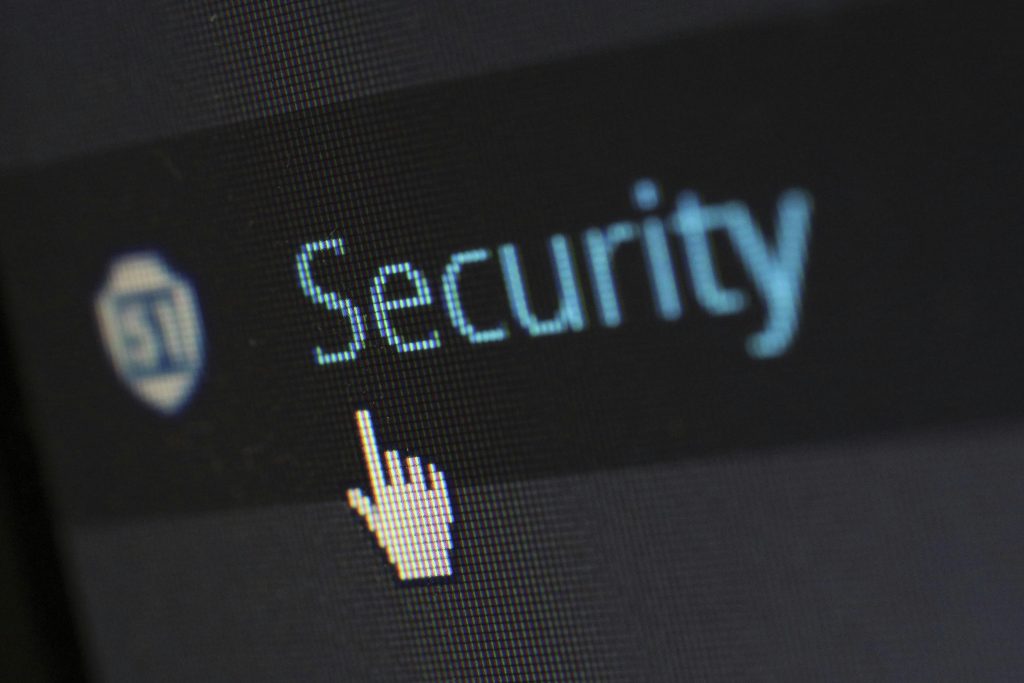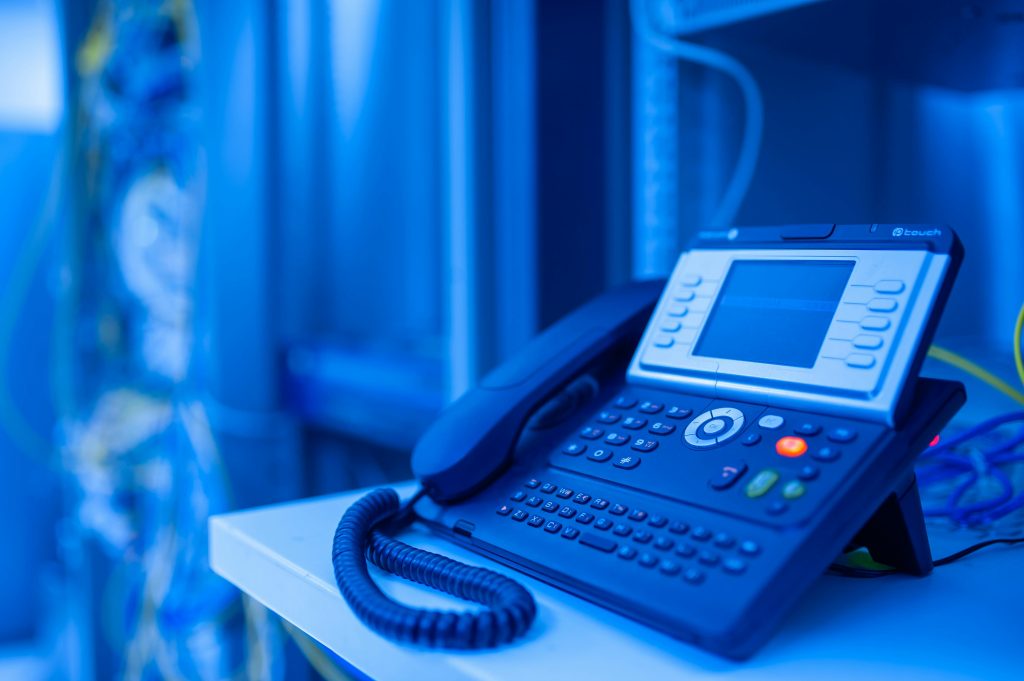
This article explores the importance of securing your cryptocurrency wallet, common threats to wallet security, and best practices to ensure that your digital assets remain safe from hackers, scams, and other risks.







© FatFreeBody.com2024
Discount Applied Successfully!
Your savings have been added to the cart.
